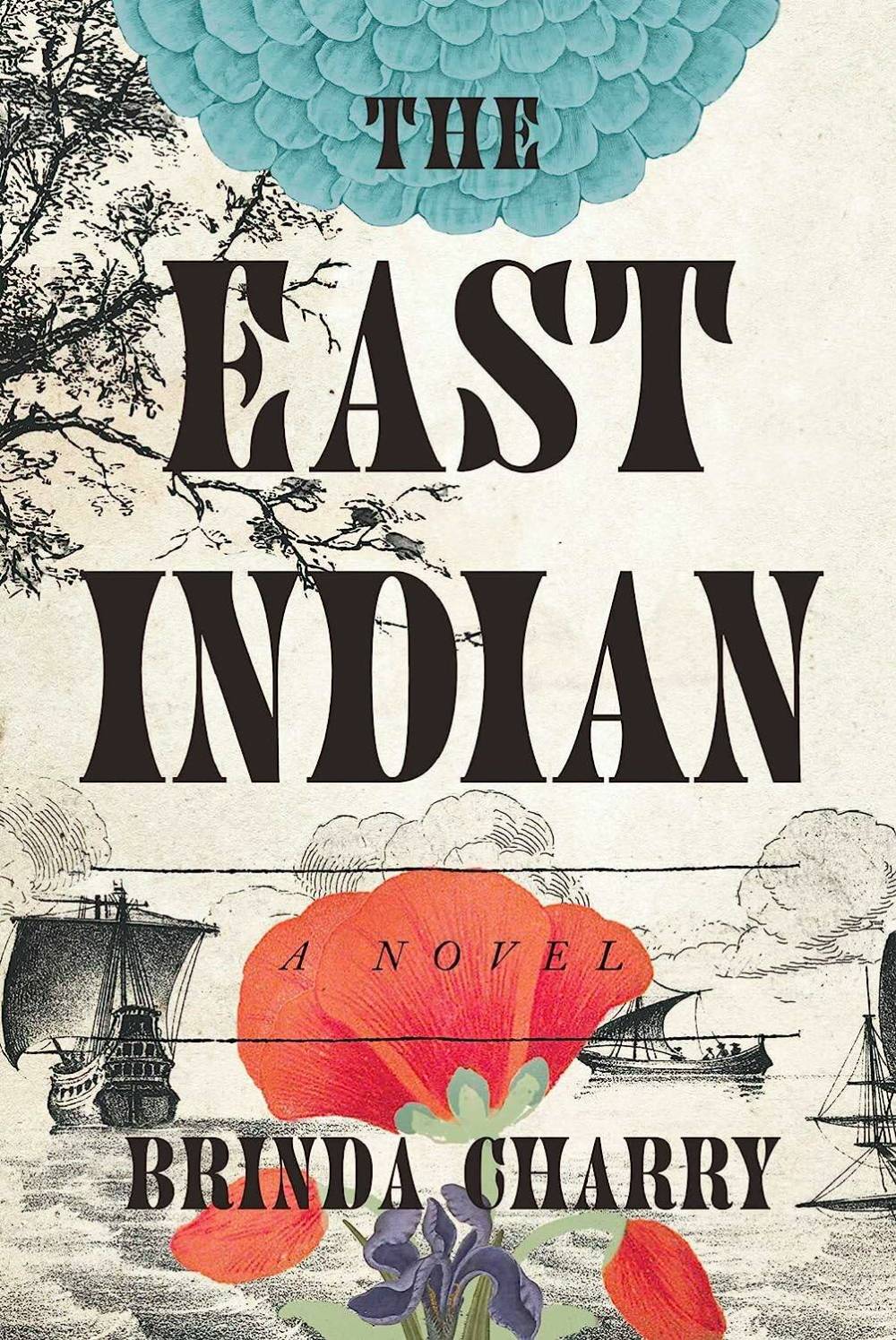Servant struggles in colonial America
Advertisement
Read this article for free:
or
Already have an account? Log in here »
To continue reading, please subscribe:
Monthly Digital Subscription
$1 per week for 24 weeks*
- Enjoy unlimited reading on winnipegfreepress.com
- Read the E-Edition, our digital replica newspaper
- Access News Break, our award-winning app
- Play interactive puzzles
*Billed as $4.00 plus GST every four weeks. After 24 weeks, price increases to the regular rate of $19.00 plus GST every four weeks. Offer available to new and qualified returning subscribers only. Cancel any time.
Monthly Digital Subscription
$4.75/week*
- Enjoy unlimited reading on winnipegfreepress.com
- Read the E-Edition, our digital replica newspaper
- Access News Break, our award-winning app
- Play interactive puzzles
*Billed as $19 plus GST every four weeks. Cancel any time.
To continue reading, please subscribe:
Add Winnipeg Free Press access to your Brandon Sun subscription for only
$1 for the first 4 weeks*
*$1 will be added to your next bill. After your 4 weeks access is complete your rate will increase by $0.00 a X percent off the regular rate.
Read unlimited articles for free today:
or
Already have an account? Log in here »
Hey there, time traveller!
This article was published 22/07/2023 (801 days ago), so information in it may no longer be current.
Good or bad circumstances can have life-changing effects on people from any generation or era. For Tony, a 17th-century character in The East Indian by Brinda Charry, adapting to the challenges he encounters leads him to remake himself over and over to survive and thrive in circumstances that can be difficult or even dangerous.
Brinda Charry is a specialist in English Renaissance literature and has published several books and articles on issues such as race, cross-cultural engagement in the 17th and 18th century, and the beginnings of globalization. She moved from India to the U.S. in 1999 as a graduate student and currently lives in Keene, N.H. The East Indian is Charry’s first novel published in North America.
The East Indian is loosely based on historical events and people, as the author’s note at the end of the book explains. Charry became intrigued by a mention of East Indians in 17th-century Virginia and bases her novel about that period in history on a fictional character, Tony, who is kidnapped and taken to work as an indentured servant in the young colony of Virginia.

The East Indian
For many people in the early years of settlement in North America, as it is now, immigration was a chance to start over with new people and in a new environment. They reinvented themselves, often more than once, as they encountered people who were trying to escape persecution and hardship or just find a better life away from the strictures and traditions of their homelands. Many were able to reinvent themselves and to succeed in their new homes.
For Tony, the reinvention process began even before he left India, when a friend suggests the name “Tony” as an easy replacement for the main character’s original name, which is never given in the story. From there, Tony reinvents himself several times before taking the initiative to become a doctor’s apprentice. When an uprising against the wealthy employers and landowners begins, Tony must decide how much he can become involved in the movement without jeopardizing the progress he has made in his own reinvention.
Tony’s many different experiences give him the opportunity to reflect on the meaning of the events in his life. He becomes fascinated with the Indian boy mentioned in Shakespeare’s A Midsummer Night’s Dream and wonders what finally happed to the boy after the events of the play concluded. He reflects on a woman who was hanged as a witch on the journey to Virginia, as well as a man who managed to survive being hanged more than once. This “Man Who Would Not Die,” as Tony calls him, becomes a recurring character in the book, providing an opportunity for Tony to consider his own issues of life and death.
The East Indian is a well-written and engaging piece of historical fiction. Although some readers might have trouble identifying with some of the threads in the novel, such as the references to Shakespeare’s play, the story is generally easy to follow and will be of interest to anyone who enjoys history from the perspective of ordinary people. The book is full of useful details that can prompt further research, and offers a better understanding of an early era in American history.
Susan Huebert is a Winnipeg writer and dog walker.

